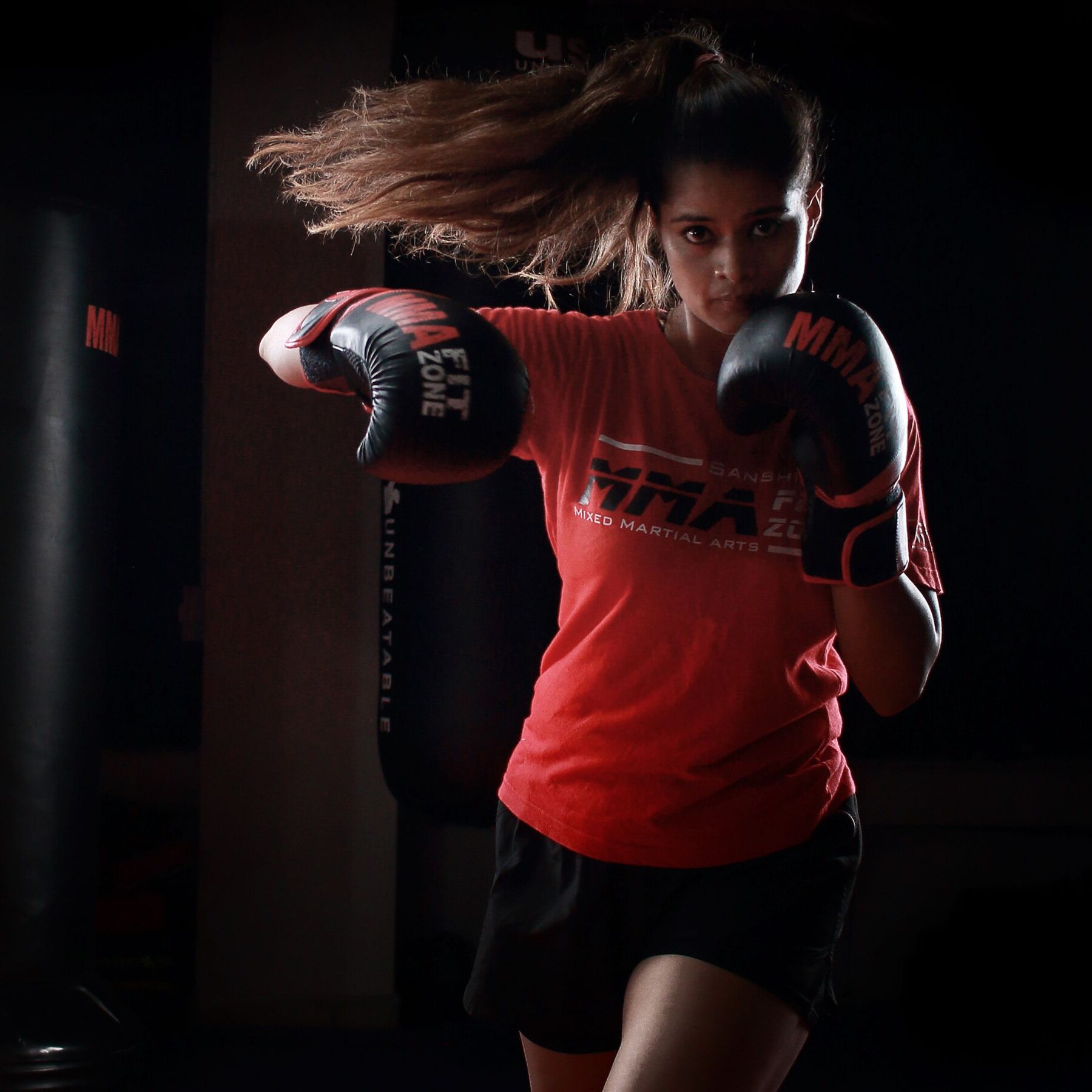According to Parimatch, an international betting company, MMA is the fastest growing sport financially in the last five years across the world. In Delhi, several women are emerging strong and head-on in the sport, traversing through the many boundaries set by society. Women are determined to join the MMA arena even if it means they have to work and perform twice as hard after pregnancy, juggle household chores with training, or leave their careers to pursue their passion for martial arts.
MMA came into action in India with the introduction of All India Mixed Martial Arts Association by Daniel Issac in 2004. In 2012, he, along with Sanjay Dutt and Raj Kundra, founded the Super Fight League, which was India’s first mainstream promotion of the sport. A decade later, the sport has gained extreme popularity, even pushing some to pursue MMA professionally.
Delhi’s female fighters
Shikha Chauhan has been training in MMA since 2015 and was part of the Haryana Sultans at the Super Fight League. “I’ve won medals in nine martial arts , but not everyone recognizes me in playing that. Once you are an MMA fighter, you’re a celebrity. Your fans will cheer you on from the ground”, she says.
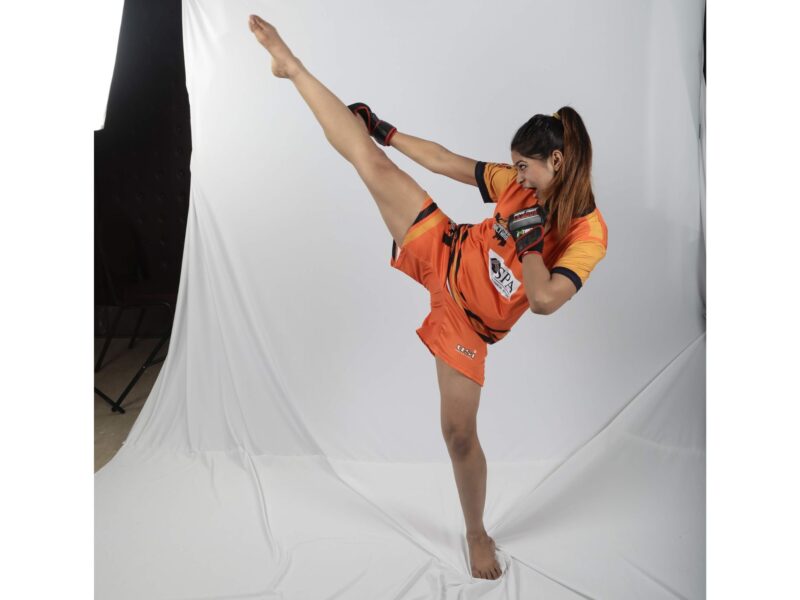
Chauhan initially started with MMA to improve her fitness, as she had hypermobility. Gradually, she became more flexible and eventually pursued a career in MMA. However, her family didn’t support her as MMA was not considered a girl’s sport then. So, she tutored to secure money for her training and amateur matches.
But now, people know what MMA is and parents too are interested in sending their kids to training.
Chauhan was on maternity leave following the delivery of her baby through a C-section and is excited to return to the training grounds after a two-year hiatus. “I have given time to my baby and it’s time for me to return. Whenever I see anyone training, I see myself in them”, she says.
But since she has gained 23 kgs, training is difficult for her. With the right training, she had lost 10 kgs earlier, but she still has to reduce 12-15 kgs to be back in the cage.
Initially, she felt pain in the abdomen following the surgery. “Even a small stretch would tire me, it made me question myself. I don’t have the stamina like before, but I’ll be back with proper training”, she says.
“It is a common notion that once you have your baby, your career ends. But it’s wrong. I am preparing for my matches”, she adds. MMA was the common link between Chauhan and her husband Abhishek Bisht, a commonwealth Karate championship medalist with 11 years of coaching experience. They both are now managing Sanshinkan Fitness club along with her training for the most-awaited comeback.
For Puja Tomar, martial arts is a part of her life. She started learning karate at the age of six, followed by Wushu which led her to MMA fighting, which she is focusing on for about five years now. Her fitness regime starts with crossfit training followed by MMA drill, boxing and Jiu-Jitsu.
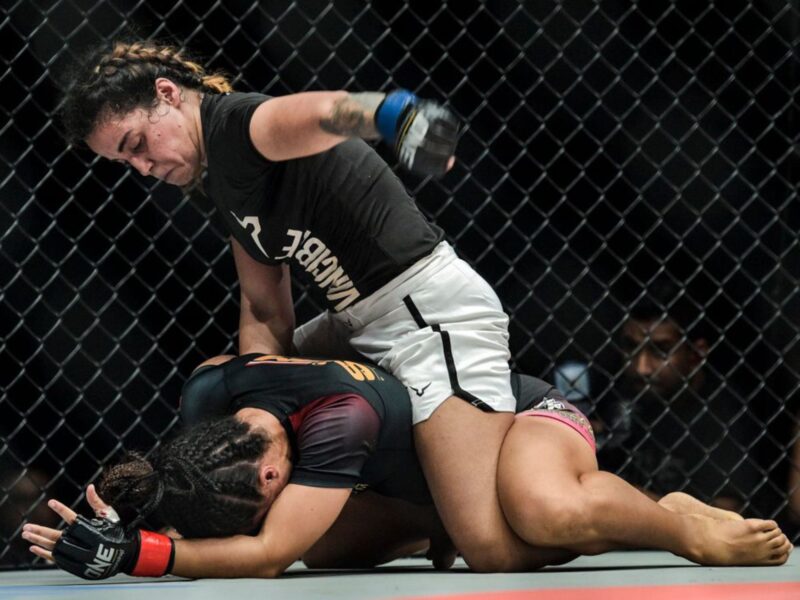
“None of my extended family members supported me initially because if a girl breaks her hand or leg, who’ll marry her? But my mother’s support has helped me reach this position today”, says Tomar, an ex-fighter in One Championship and a signed fighter at Matrix Fight Night (MFN).
“In my first fight, I knocked out my opponent in a technical knockout, but I wasn’t sure of pursuing MMA as a career until participating in Super Fight League and One Championship”, she says.
She adds, “I didn’t face any kind of gender discrimination in the sport, but the mentality of the society needs to change. Some men left motivating comments under one of my videos. Society too always tries to find faults in whatever we’re doing.”
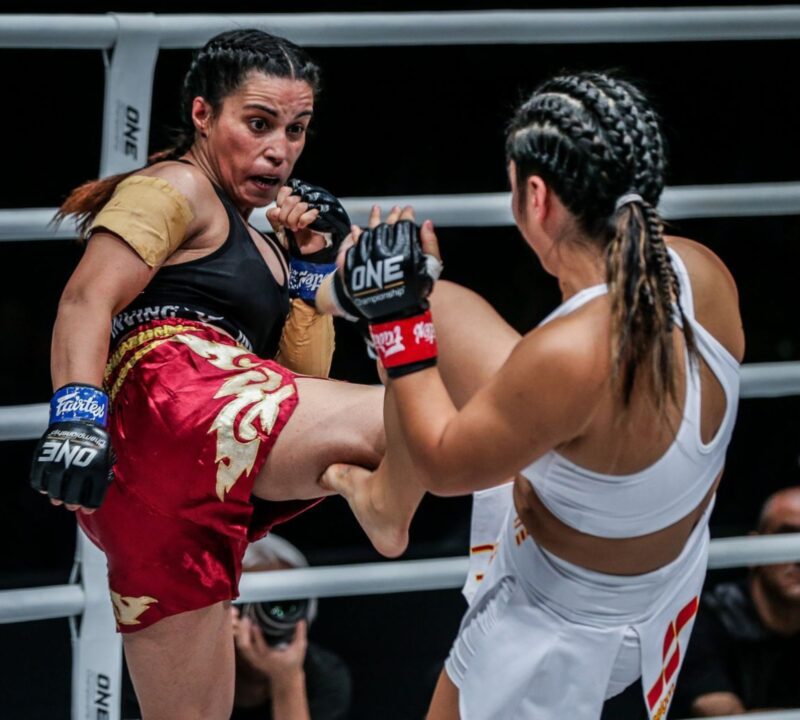
Tomar is an avid fan of American MMA fighter Rose Gertrude Namajunas. She finds her fighting style very calm and draws inspiration from her.
MMA culture in Delhi
“Name, fame, and pay are the main factors that attract most of the people to this sport”, says Chauhan.
According to Jatin Mogha, trainer at Battlefeel MMA club, “One of the most important reasons for the growth of MMA in Delhi is the dynamic nature of the game. MMA is different from any other sport. In boxing, you only use punches. Wrestling and judo emphasize grappling.”
He continues, “But in MMA, you work on almost every aspect of fighting. Be it karate, boxing, wrestling, or judo, you can use it all at once. It does not require you to come from a certain background. MMA can be played irrespective of the sports background. It also requires you to focus on standing and ground fights, which is a very unique opportunity for any athlete.”
The sport provides a vast fitness regime that’s beneficial for overall health as it enhances not just strength, but also mobility, agility, endurance and stamina, says Mogha.
Siddharth Singh’s Crosstrain Fight Club is among the first MMA clubs in Delhi. Singh has been training in combat sports since 1997. He left his comfortable and secure job to pursue a career in martial arts and is India’s only elite-level Brazilian Jiu-Jitsu medallist.
“Movies play an important role in influencing the youth. Following the release of Brothers and Sultan, the interest in the sport piqued. Speaking of Hollywood, when Never Back Down released, people got really excited”, says Singh.
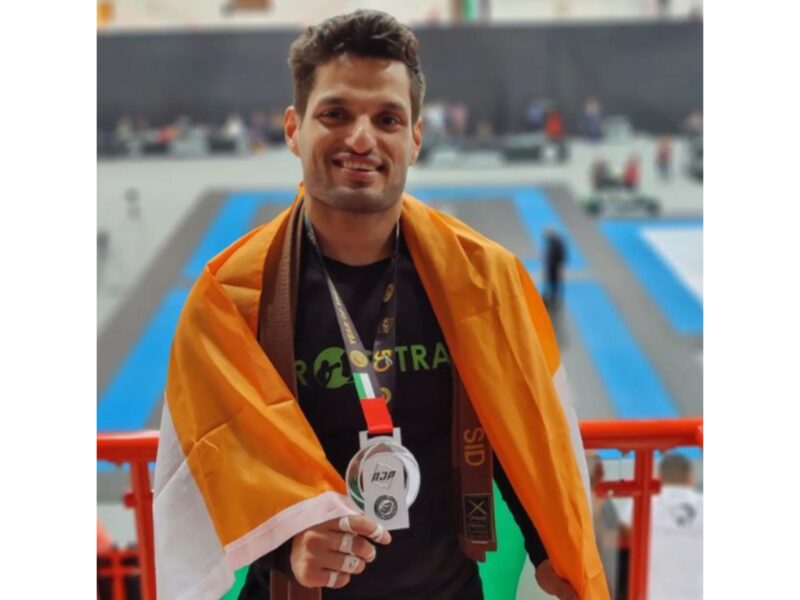
The exponential growth of world’s premier professional MMA organization, Ultimate Fighting Championship (UFC), is another contributing factor to the emergence of MMA. “Watching matches for free in India has increased the fan base”, adds Singh.
Another workshop is the Street Survival Program, which is primarily developed for countering street fights and incidents. “Road rage fights are quite common these days, and in this seven-day workshop, we teach how to handle these situations physically and mentally”, says Mogha.
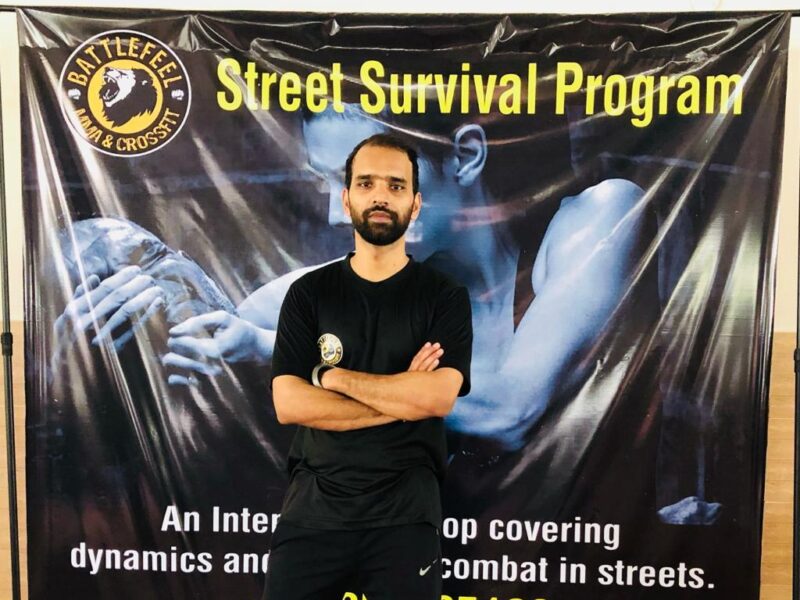
He adds that the goal is to neutralize the situation and avoid the possibility of a physical fight by gaining access to the present environment.
“MMA is not recognized by the government as a sport, but there are private clubs that provide better opportunities to the fighters. But if it is recognized, there are chances that the essence of the sport will be lost”, says Bisht.
According to Singh, if the sport is recognized, the fighters will get more support and winners can get government jobs. But he also enjoys the present state of the sport as there is less bureaucracy.
Career opportunities
Initially, the intention behind joining MMA was to lose weight and become fit. “But over the past three years, 60% of people joining the classes want to make this a career to be fighters and become professional mixed martial artists”, says Singh.
There are two levels of fighters: amateur and ‘pro’. While playing the amateur-level games, the fighter has to pay to build his records. Once they have a perfect record, under the supervision of All India Mixed Martial Arts Association (AIMMA), they are upgraded to be pro fighters.
“The pro fighter gets a fixed amount of money even if they win or lose apart from the contract. The minimum amount a fighter receives is Rs 70,000 to Rs 1 lakh and it increases depending upon the standard and record of the fighter”, explains Bisht. India now has a lot of platforms organizing events that enable youngsters to showcase their talent, he adds.
Dheeraj Kumar came all the way to the national capital from Bihar to make his career in MMA. He has been training under Bisht for almost three years now. He dropped out of college to pursue MMA and is a gold medalist at state matches. Being away from home is challenging, but Kumar is looking for part-time jobs to secure extra money for his MMA-specific diet.
Beyond borders
“I am here to stay”, says Bikram Shah when asked about his future in MMA. A fan of the sport since childhood, he came to Delhi from the neighbouring country of Nepal to master MMA. He has been training in various martial arts since class six, and started his martial arts journey with karate followed by Wushu, mau tai, boxing and kickboxing. Receiving medals at the school level for karate ignited his passion to become a sports person, also making him quit education. And the quest to learn more about the sport led him to Bisht’s club.

Despite having family members residing in Delhi, he never goes home. “Travelling home is time-consuming. I would like to invest that time in training. Coach has given me all the support to stay here and train and that has been my greatest strength”, he says. After winning his debut fight, Shah is now looking forward to participate in future matches.
Age is not a factor
While talking about how age factors into MMA, Singh says, “If you’re looking to become a professional fighter, there is a window of opportunity when you’re in the prime of your life. 18 to 34 is the best age where you should be training and competing. There is no age limit for learning MMA as a hobby, or part of your fitness regime. Members well into their 50s are extremely good at training regularly 3-4 days a week. They are very skillful when it comes to an actual fight situation.”
33-year-old Sameer, a former bodybuilder, started MMA training two years ago. In two years, he has played amateur matches and never lost any of them. “Usually, it takes 3-5 five years to play matches, but I’ve done it in two years. It was only possible due to proper training, and in my case, a bit of extra training”, adds Sameer.
Injuries and grudges
“90% of the time there won’t be any training injuries because you use guards and pads. It happens when your opponent is a fresher and is new to the techniques”, says Vikram.
Singh adds, “In professional matches, when the fighter is knocked out, the referee stops the fight, you can’t continue fighting then. While training, coaches make sure that the fighter is in perfect health to return the next day. Like any traditional martial art, MMA too has a lot of respect and love. It is called ‘art swamp’ because of its gentle nature.”
In pro matches, minor injuries occur, but until now, there haven’t been any fatal injuries. But the recent incident in Delhi, where an opponent assaulted MMA fighter M Shrikant Shekhar at Siri Fort, raised concerns.
Calling it a rare incident, Singh says, “That’s a part of human and competitive spirit. Some people are humble in victory, while others are mean. It’s an issue related to the human psyche and how people react to wins and losses. It is not how it’s depicted in movies, where you can wait outside and beat the fighter.”
Next-generation fighters
With parents being health-conscious, many had enrolled their children in MMA to improve their fitness, self-defence techniques and pursue MMA as a career. Tanya, 14, started her MMA training in 2020 and wants to build a career in it as she enjoys the sport.
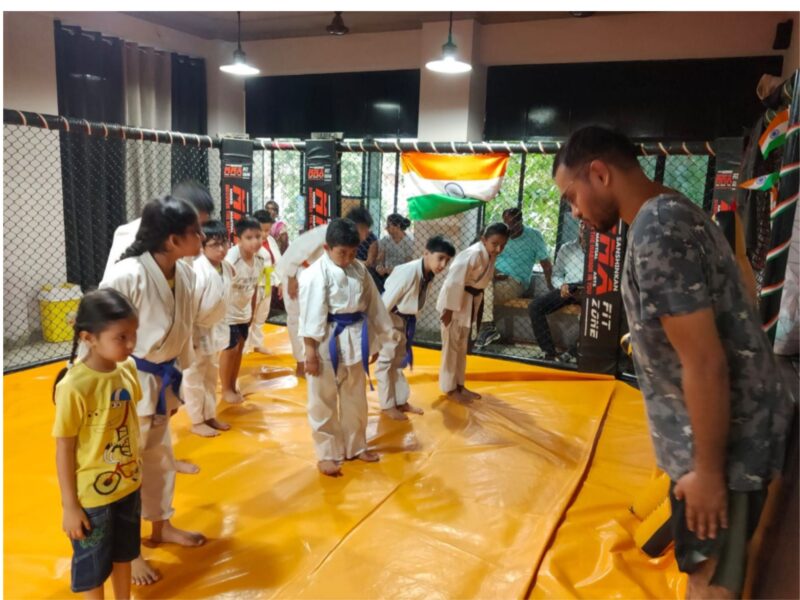
Shethika Dasgupta, one of the parents, says that her son has been training for the past four years. “He was interested in extracurricular activities and picked up the sport quickly. He gets support from teachers, and they ask him to teach other students. As a parent, it is our responsibility to encourage our kid’s passion. Once, when he was injured and was advised to rest for six months, he came back exactly after six months even when we suggested he rest more”, she says.
Preksha started MMA training in 2020 and has completed her 12th board exams recently. While she is not sure whether to pursue a career in MMA, she wants to fight at the pro level. Naksha joined MMA to defend herself and has been training for almost seven years now. Ishika (name changed), 7, who comes with her grandmother for her MMA training, thinks it’s good to learn the sport and wants to become a great fighter.
For more stories that cover the ongoings of Delhi NCR, follow us on:
Instagram: https://www.instagram.com/thepatriot_in/
Twitter: https://twitter.com/Patriot_Delhi
Facebook: https://www.facebook.com/Thepatriotnewsindia

